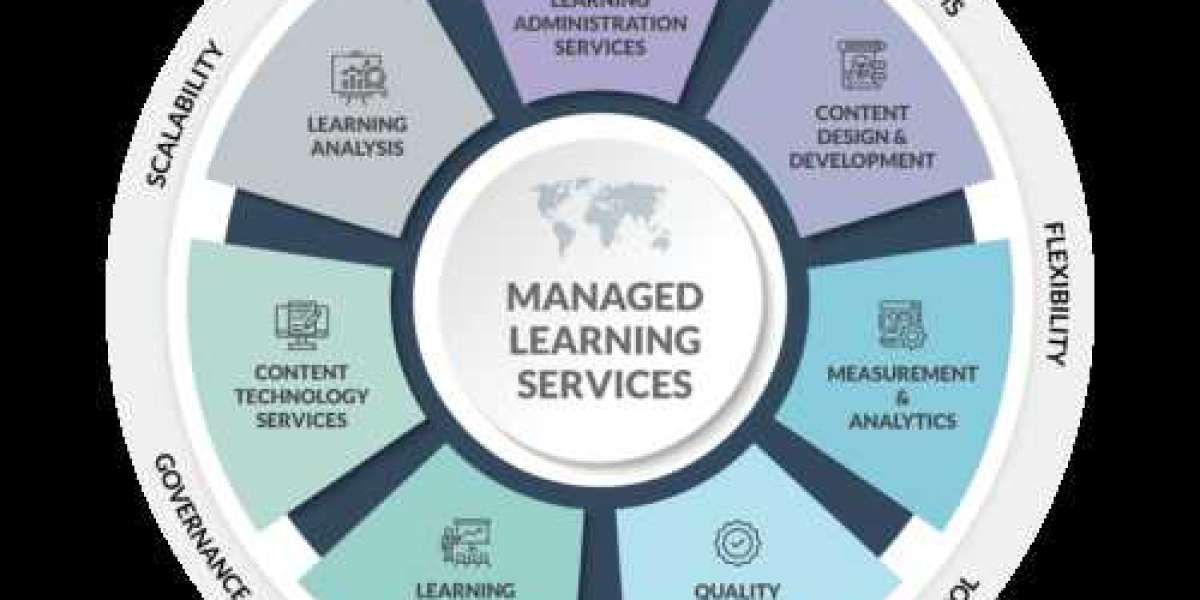The global managed learning services market is experiencing substantial growth, driven by increasing demand for effective learning and development (LD) solutions that bridge skill gaps in modern workplaces. Valued at USD 372.9 billion in 2021, the market is projected to expand at a CAGR of 5.4%, reaching USD 624.1 billion by 2031. This growth is primarily fueled by the rising need for customized training solutions that enhance business performance and employee skills.
Key Drivers of Market Growth
One of the primary drivers of the managed learning services market is the increasing focus on addressing skill gaps. As businesses strive to stay competitive in the digital economy, they recognize the importance of upskilling their workforce. Companies such as JPMorgan Chase Co., Amazon, and PwC are investing significant resources in employee development, emphasizing both hard and soft skills. This trend underscores the growing recognition that continuous learning and skill enhancement are essential for long-term success.
Managed learning services outsourcing is gaining traction across various sectors, including banking, financial services, and insurance (BFSI). The BFSI sector, in particular, is a major contributor to market growth, driven by the continuous adoption of new technologies to improve customer experience. As financial institutions embrace digital transformation, the demand for training management services and digital skills is on the rise, offering lucrative opportunities for market players.
The Role of Managed Learning Services in Business Optimization
Managed learning services provide organizations with a strategic approach to training and development. By outsourcing LD functions, businesses can streamline their operations, reduce costs, and improve overall efficiency. The managed learning services model is highly customizable, allowing organizations to tailor their training programs to their specific needs and budget. This approach not only enhances training effectiveness but also ensures that employees receive relevant, application-oriented learning experiences.
Moreover, managed learning services are instrumental in optimizing the training and development process. By offering end-to-end services and expertise in various areas, service providers help organizations retain top talent and improve productivity. As companies increasingly adopt managed learning services, they can better prepare for future market changes and ensure that their workforce remains agile and adaptable.
Regional Insights and Market Outlook
North America currently dominates the managed learning services market, thanks to the presence of key service providers and the widespread adoption of advanced LD technologies. However, the Asia-Pacific region is expected to experience the highest growth rate in the coming years, driven by increased demand for learning and development services across various industries.



